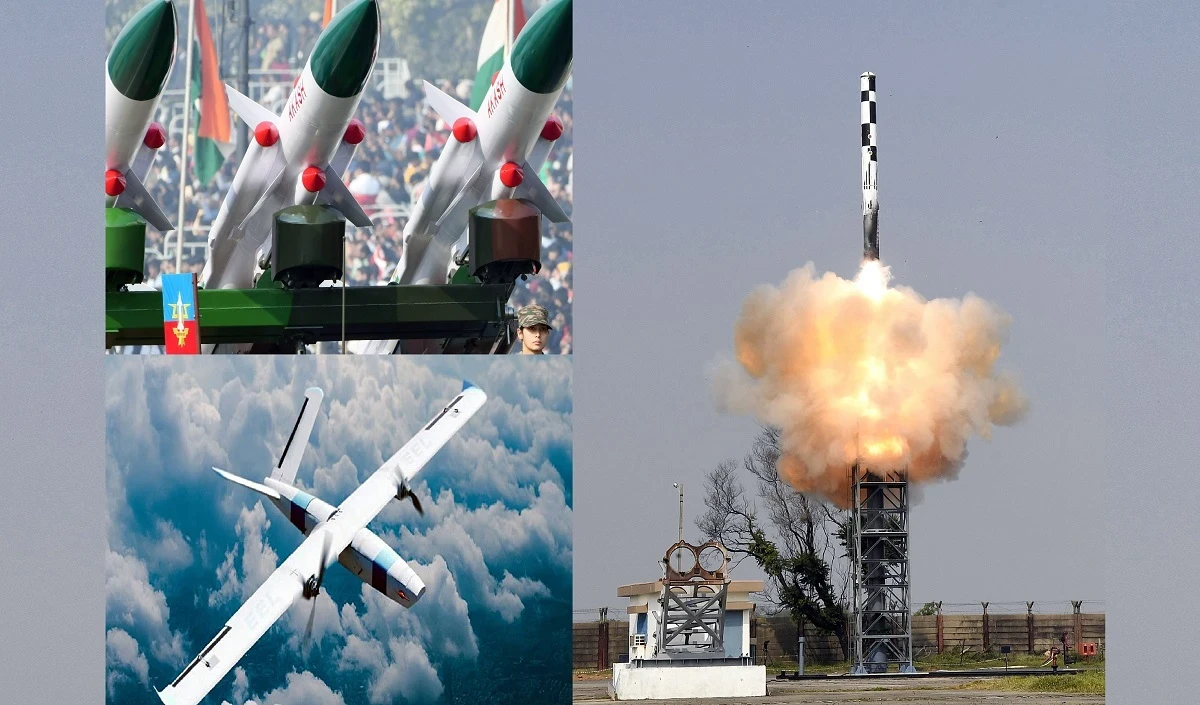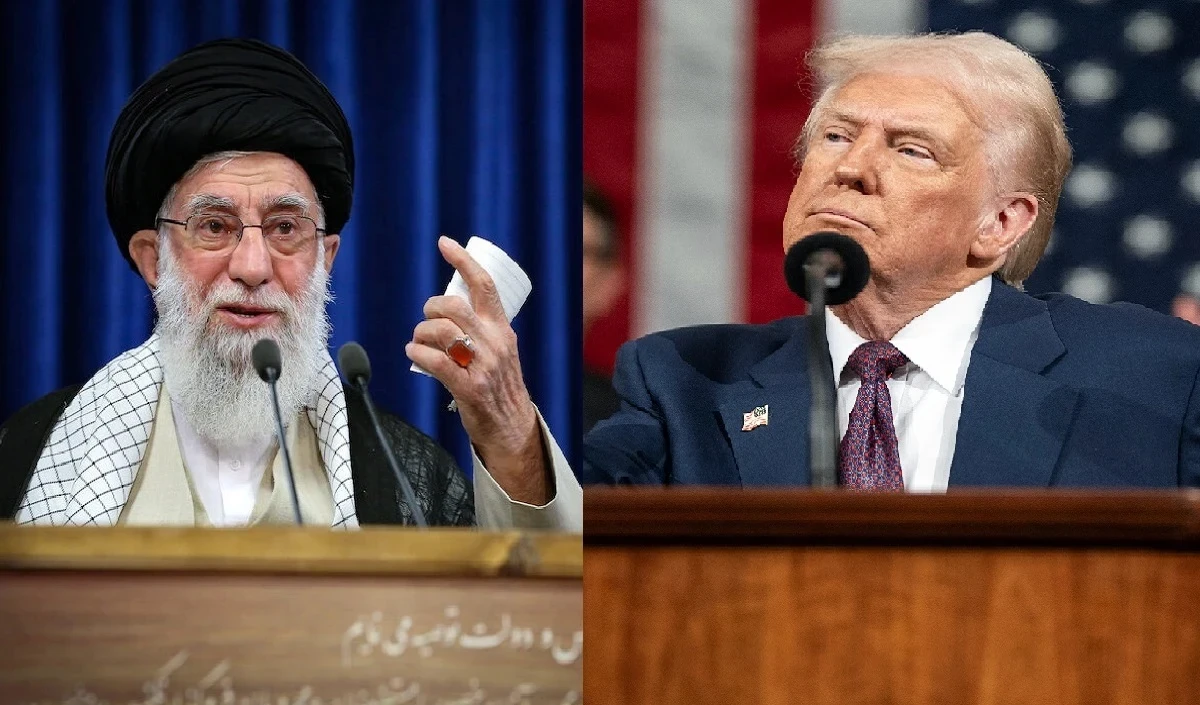Keeping in mind the common-uncommon incidents of Nana types on ‘toll tax’, the Central Government has finally announced to implement new fastag rules by changing the old toll policies once again. The changed rules have been described by the Central Government as ‘Superfast Fastag’. However, this latest plan will be implemented across the country after two months i.e. from August 15. Regarding this, the departmental minister Nitin Gadkari, on Thursday, wrapped the countrymen through the social media forum ‘X’. Only two questions are being raised prominently in the minds of people regarding the new rules. Firstly, will long queues on toll tax be reduced. At the same time, will the drivers get a lot of rituals from this?
Significantly, last year also Minister Nitin Gadkari had announced that the toll will not be recovered from the 60 km interval. But regrettably, that plan could not go up. No short distance tolls were closed, even today the recovery on the tolls continues unabated. Most of the old toll distance is significantly less than 60 km. They are made in a distance of 30-40 km. Last years ago, the government changed the rules of cash collection from toll and implemented the Fastag scheme, its income has been four moons. Indeed, Fastag is an electronic toll collection system, which NHAI leads.
Also read: Nitin Gadkari’s big announcement regarding Fastag, now an annual-pass will be available for Rs 3,000
The money of toll collection from fastag gradually goes to the treasury of the government. Fastag is used by radio frequency identification technique, making customers directly pay toll payments directly from prepaid or savings account. In the financial year 2024, the price of toll collection revenue on national highways across India was more than 648 billion Indian rupees. This is the reason that the government is carrying this subject so seriously. The aim of the government is that customers should benefit the new rules and their income should also increase?
The Central Government collects fees through toll plaza under the National Highways Act-1956 and Fee Rules-2008. Changes in the rules were made before. However, since the last decade, there has been an increase in toll recovery. The government is under heavy pressure to reduce it. As far as the economy is concerned with the common people, the new policy will currently be applicable to private vehicles. After creating a valid annual pass of three thousand rupees, customers will be able to cross 200 toll tax during the year period. This pass will be operated in the current fastag, there will be no need to create new.
However, the screw is implicated in it. The scheme will be used only in the National Highways Authority of India (NHAI) and various national highways. State level routes, roads, bodies and authorized roads of the municipal corporation have not been connected to it. The benefit of customers from the scheme is that so far every NHAI pays the price of payment on toll tax between Rs 50 to Rs 200. But only 15 rupees will be charged at each toll after 3 Hazari valid passes. This benefit will be directly to private drivers.
This is a good thing about the plan. If the driver does not cross 200 tolls a year, then his validity will continue next year. The ‘Superfast Fastag’ scheme for daily and regular running on national highways is definitely going to be effective. The Union Ministry of Road Transport has had a huge presser to reduce traffic at the toll plaza for the last few years. Incidents of assault have been reported every day. To get rid of all these, Union Road Transport and National Highways Minister Nitin Gadkari implemented this scheme. The huge network of national highways has been laid in India. As of the year 2014, the total length of national highways was 91,287 km, which has now increased to 1,46,195 km.
In the next 10 years, there is a possibility of increasing the length of highways to one and a half times and new tolls will also be added to it. Therefore, this field has become a major source of earning for the government. The government is earning a tax of Rs 1.44 lakh crore from the National Highway at toll booths running under the Public Private Partnership Model per year. This figure was presented in Parliament by Nitin Gadkari himself last year. It seems that this region appears to be the biggest source of government’s earnings in future.
According to the data, there are about 1,063 toll plazas in India, of which 457 toll plazas were constructed in the year 2025. The toll policy is the unit of the Central Government which is the largest earner. He also has many expectations from the new ‘Superfast Fastag’ policy. The central government considers the toll policy to be the largest generator of revenue collection, only then it is connecting new rules in it. Toll plaza, located on the Vadodara-Bharuch section of NH-48 on the Delhi-Mumbai route, has earned more than 400 crore rupees in the last 5 five years.
Sahakar Group Limited (SGL) is one of the largest companies in the toll collection of roads in India. If you look at the earnings from the toll, earned Rs 25,154.76 crore in 2018-19, Rs 27,637.64 crore in 2019-20, Rs 27,923.80 crore in 2020-21, Rs 33,907.72 crore in 2021-22 and Rs 48,028.22 crore in 2022-23. Earning is a good thing, but the concerns about the drivers about the security of the roads should also be reduced. The government will also have to pay attention to facilities. The desires of uninterrupted and easy road trips are in all.
– Dr. Ramesh Thakur
Member, National Institute of Public Cooperation and Child Development (NIPCCD), Government of India!



